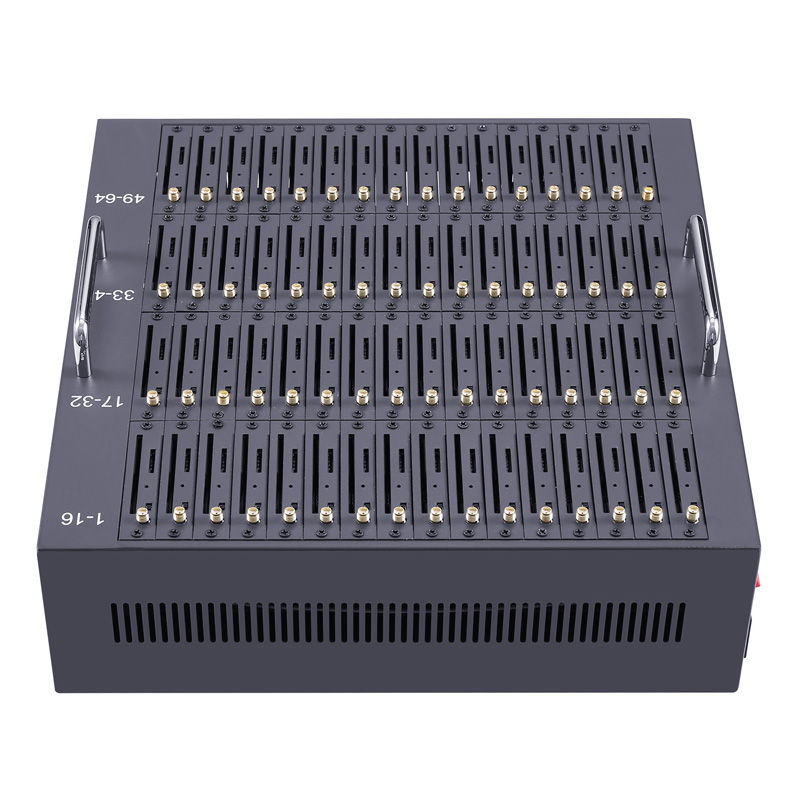What are GSM modems used for?
Introduction
Global System for Mobile Communications (GSM) modems play a crucial role in enabling communication through mobile networks. These modems are widely used for various applications due to their versatility and reliability.

Understanding GSM Modems
GSM modems are devices that incorporate GSM technology to facilitate communication over mobile networks. They operate by utilizing Subscriber Identity Module (SIM) cards, allowing them to connect to the mobile network and perform a range of functions.
Key Applications of GSM Modems
1. Short Message Service (SMS)
One primary use of GSM modems is in sending and receiving SMS messages. This functionality makes them essential for applications such as two-factor authentication, remote monitoring, and automated messaging systems.
2. Mobile Internet Connectivity
GSM modems enable devices to connect to the internet via mobile networks. This is particularly valuable in situations where traditional wired internet connections are unavailable or impractical, providing a reliable means of data transfer.
3. Remote Monitoring and Control
GSM modems find extensive use in remote monitoring applications. These can include monitoring and controlling equipment, such as weather stations, industrial machinery, or even home automation systems. The ability to operate in diverse locations makes GSM modems ideal for such scenarios.
4. Telemetry and Data Logging
In the realm of telemetry and data logging, GSM modems play a crucial role. They allow for the transmission of data from remote locations to centralized systems, enabling real-time monitoring and analysis. This is particularly valuable in industries where timely data is essential for decision-making.
5. Embedded Systems and IoT
GSM modems are integrated into various embedded systems and Internet of Things (IoT) devices. This integration facilitates communication between devices, enabling them to send and receive data, making them an integral part of the evolving landscape of interconnected devices.
Setting Up a GSM Modem
1. Inserting the SIM Card
Begin by inserting a valid SIM card into the GSM modem. The SIM card serves as the identification and authentication mechanism for connecting to the mobile network.
2. Powering On the Modem
Power on the GSM modem. Most modems come with indicator lights that display the status of the connection, helping users identify whether the modem is powered on and connected to the network.
3. Configuring Communication Settings
Configure the communication settings on the device that will be communicating with the GSM modem. This includes settings such as baud rate, parity, and data bits.
4. Sending AT Commands
Communicate with the GSM modem using AT commands. These commands allow you to instruct the modem to perform various functions, such as sending SMS messages or establishing an internet connection.
Conclusion
In summary, GSM modems serve a variety of essential functions, ranging from SMS communication to providing mobile internet connectivity and supporting remote monitoring. Their versatility and widespread use make them a fundamental component in the realm of mobile communication and connectivity.

